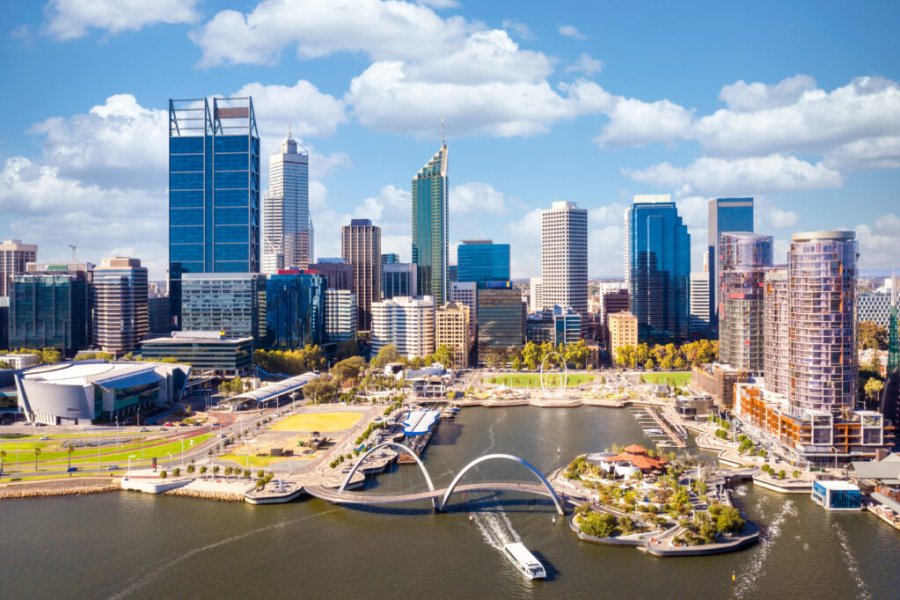Travel Guide La Paz
Find an accommodation
Advertising
Original land of the Guaycura, these were going to lead at first the hard life to the Spaniards, guilty of repeated rapes and of the plundering of the resources of the area (in particular of the black pearls). La Paz, the object of a furtive visit by Cortés who named it Santa Cruz in 1535, received its current name from the navigator Vizcaíno who established a brief settlement there before turning back for lack of provisions. The settlement was later occupied by the Jesuits, who abandoned it several times, in this area populated by black pearl fishermen, whose existence between poverty and dreams of wealth is magnified in the novel The Pearl, by John Steinbeck (1947). Later, the region was occupied by American troops during the war with Mexico (1846-1848). A very original character, William Walker, proclaimed the "Republic of Baja California" in 1853, but soon had to turn back. The decline of the city was further accentuated by the Mexican revolution of 1910. Nowadays, La Paz owes its growth mainly to tourist activities; capital of 250,000 inhabitants, it is a quiet and pleasant city, with a magnificent bay. The sunsets are magnificent. Ferries from Mazatlán and Topolobampo bring in many visitors, both locals and foreigners, but the city is far from the horrors of a region like Los Cabos, where mass tourism has led to the disfigurement of the beautiful landscape.
What to visit La Paz?
Advertising
Suggested addresses La Paz
Weather at the moment
Advertising
Organize your trip with our partners La Paz
Transportation
Book your plane tickets
Car Rental
Boat rental
Accommodation & stays
Find a hotel
Holiday rental
Find your campsite
Tailor-made trip
Immersion travel
Services / On site
Activities & visits
Find a doctor












